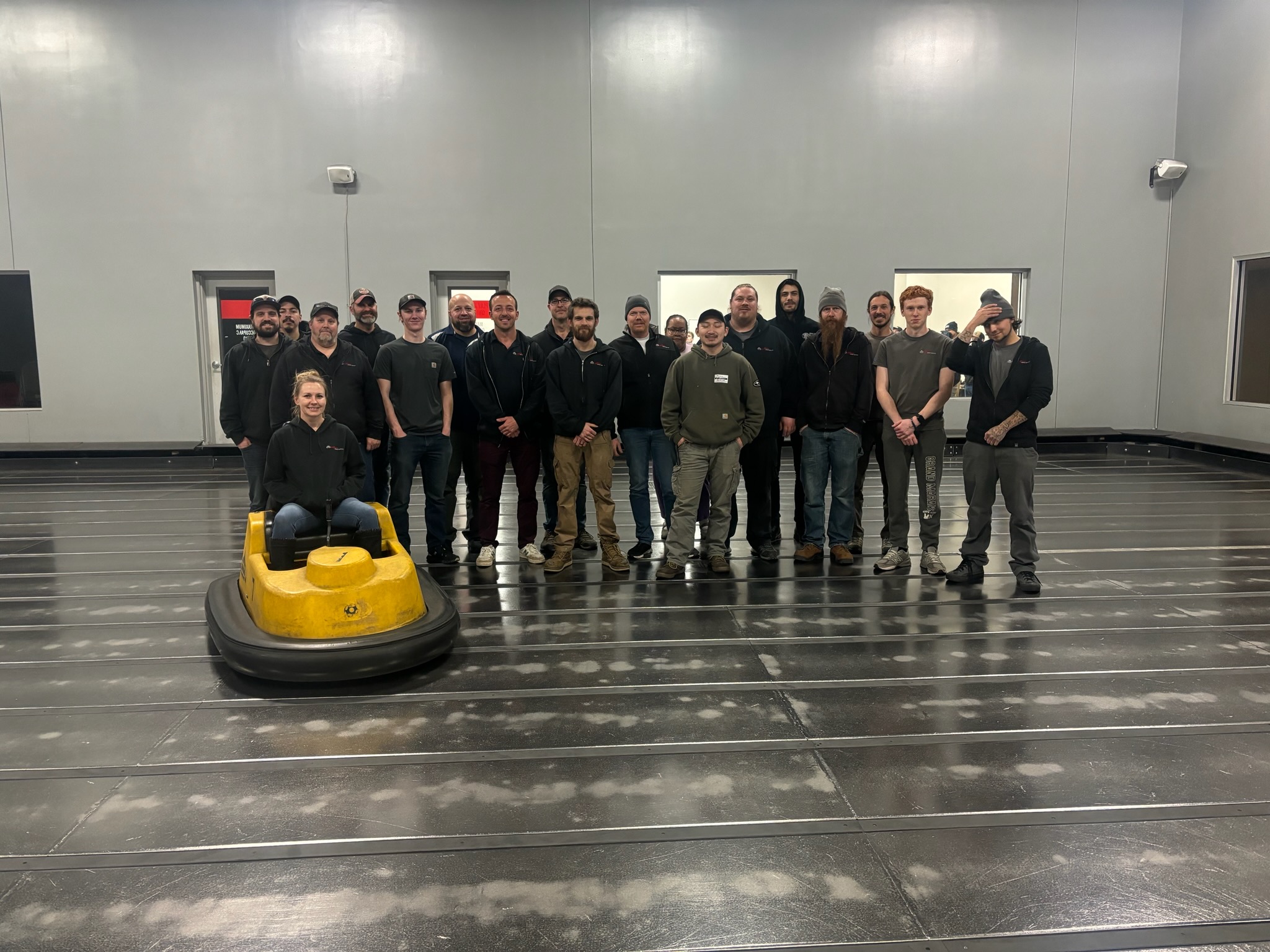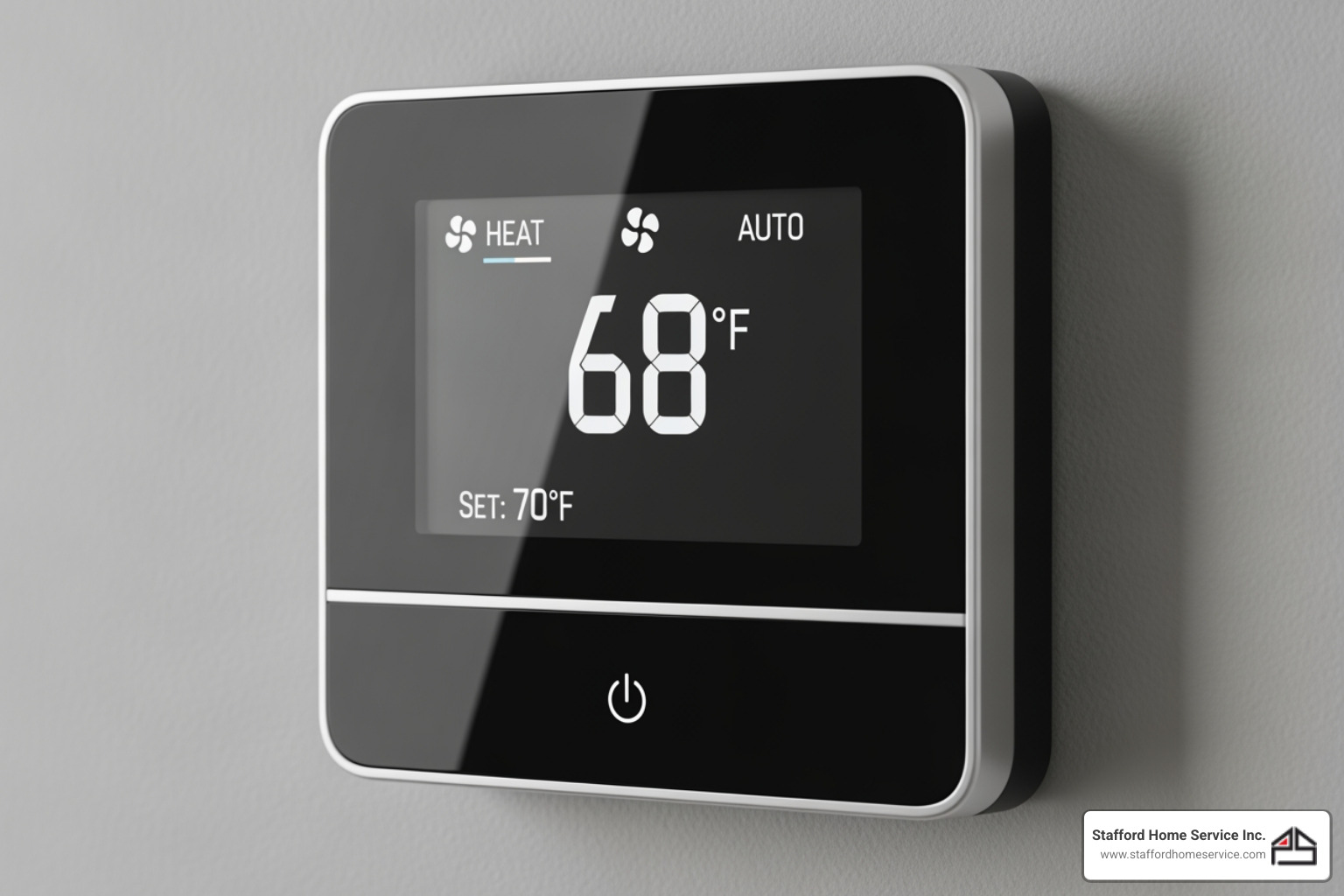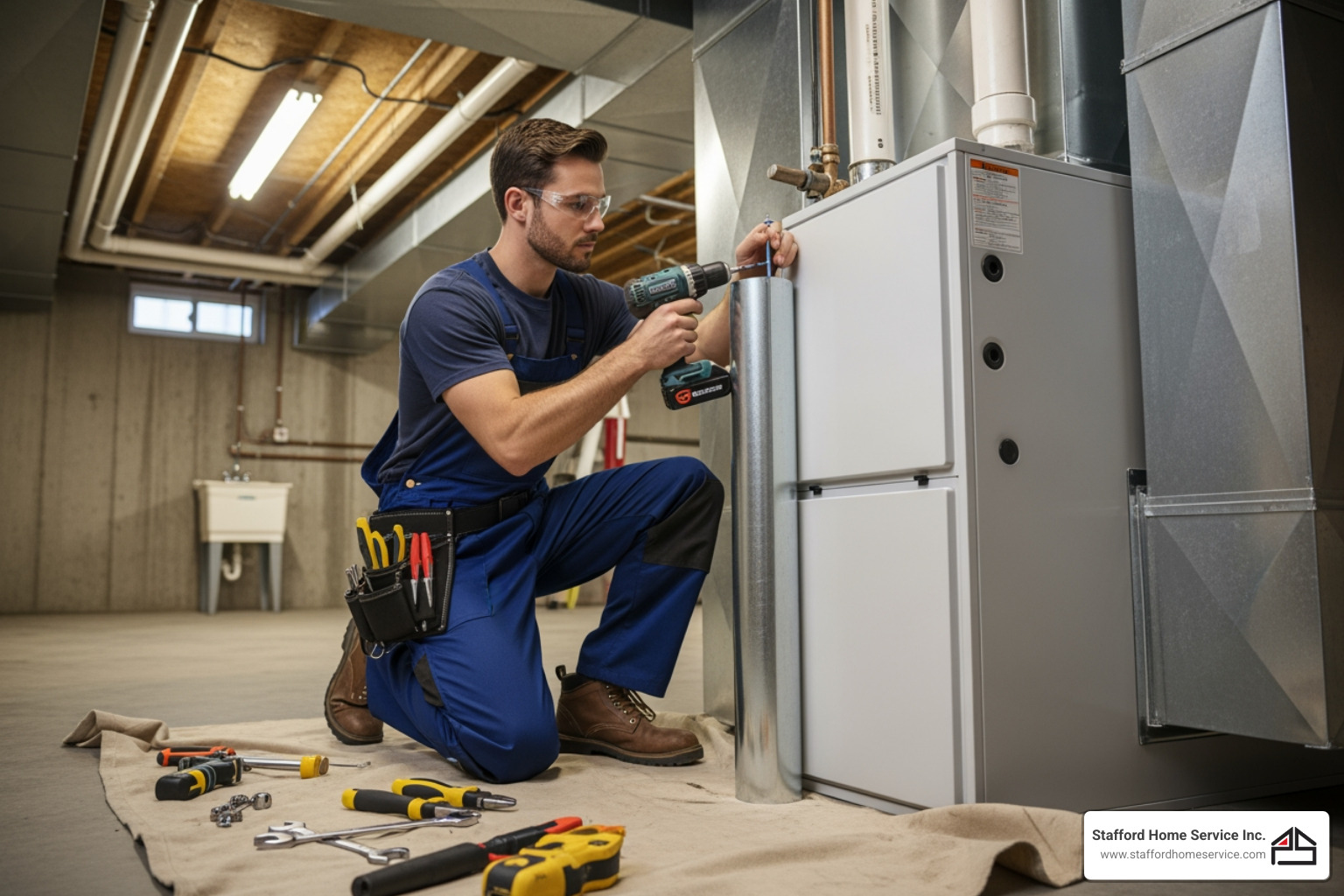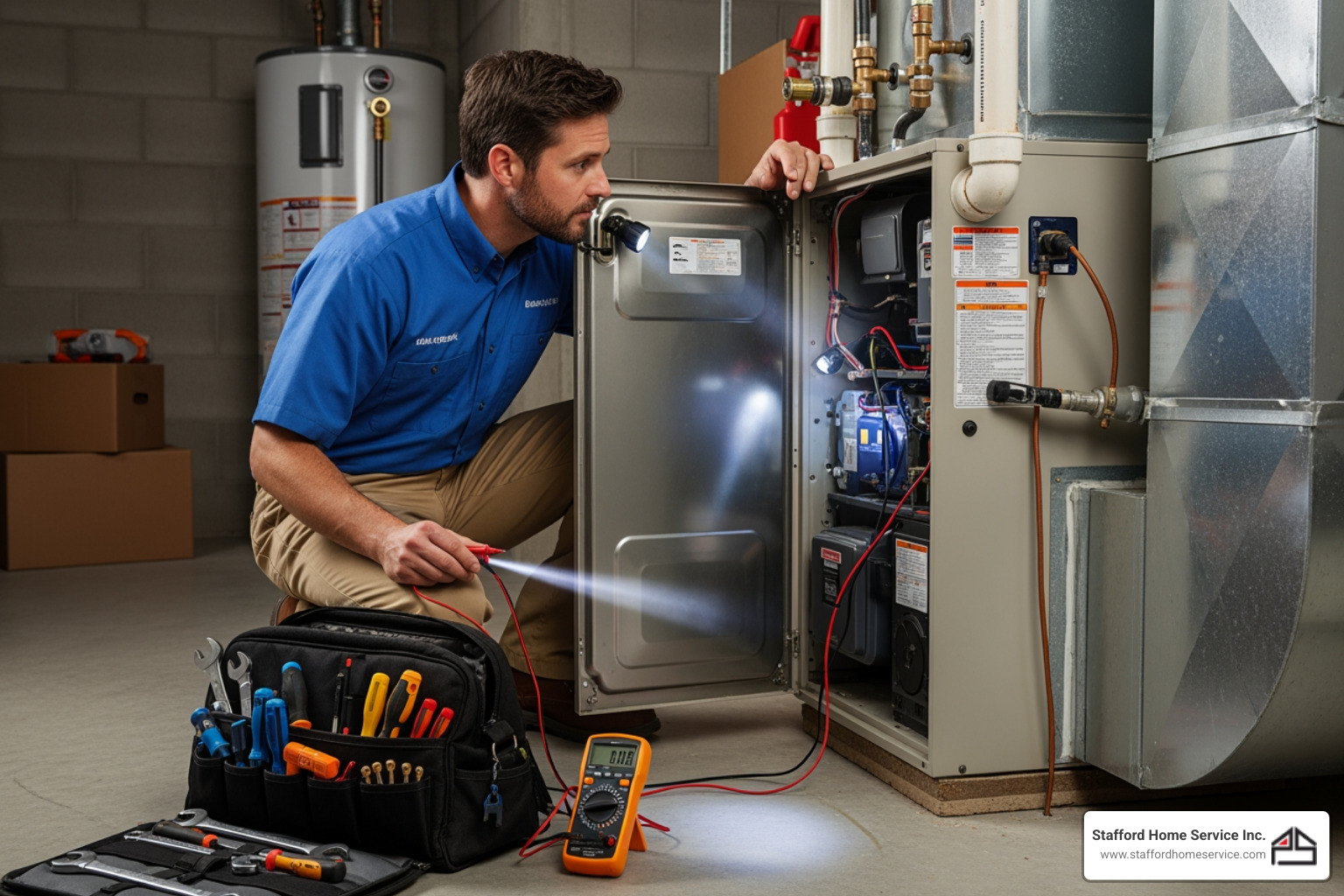The winter months can be particularly tough on HVAC systems. As temperatures drop, the demand on your heating system increases, often leading to various issues that require prompt attention. Proper maintenance and timely HVAC repair are crucial for ensuring your home remains warm and comfortable throughout the season.
Identifying Common Winter HVAC Problems
Winter can reveal several common HVAC issues that require timely attention to keep your home comfortable. These problems often arise due to the increased demand for the system during colder months.
1. Inadequate Heating: One of the most frequent issues is inadequate heating. If your home doesn’t warm up properly, it could be due to a malfunctioning thermostat, blocked vents, or issues with the furnace itself. Identifying the source is the first step in resolving this problem.
2. Frequent Cycling: If your HVAC system turns on and off frequently, known as short cycling, this can indicate a range of problems. It may be due to an oversized system, clogged filters, or thermostat issues. Short cycling can increase wear and tear on the system, reducing its lifespan.
3. Strange Noises: Unusual noises such as bangs, rattles, or squeals typically indicate a mechanical problem. These noises could be due to loose parts, motor bearings issues, or airflow obstructions. Addressing these noises promptly can prevent further damage.
4. Increased Energy Bills: If you notice a sudden spike in your energy bills without a change in usage, your HVAC system might be running inefficiently. This could be due to several factors, including clogged filters, poor insulation, or a need for HVAC repair.
5. Furnace Not Igniting: A furnace that is not igniting properly can leave your home cold and uncomfortable. This issue may be related to the ignition system or pilot light, requiring inspection and repair.
DIY Troubleshooting Tips for Simple Issues
Before calling for professional HVAC repair, try some simple troubleshooting tips to resolve minor issues. These DIY steps can often identify and fix basic problems without the need for expert intervention.
1. Check Your Thermostat: Ensure that your thermostat is set to the correct temperature and mode. Sometimes, issues arise from incorrect settings. If the problem persists, replace the batteries or reset the thermostat.
2. Replace Air Filters: Dirty or clogged air filters are a common cause of HVAC issues. Check and replace your air filters regularly, especially before the winter season begins. This simple step can improve airflow and system efficiency.
3. Inspect Vents and Registers: Confirm that all vents and registers are open and unobstructed. Blocked vents restrict airflow, leading to uneven heating. Clear any furniture, rugs, or debris that might be blocking the vents.
4. Clear the Area Around the Furnace: Ensure the area around your furnace is clean and free of obstructions. Remove any dust or debris that might have accumulated over time, which can affect the system's performance.
5. Reset Circuit Breakers: If your HVAC system stops working, check the circuit breaker. Sometimes, the breaker may trip, cutting power to the system. Resetting the breaker can restore functionality.
6. Inspect Ductwork: Examine exposed ductwork for any visible signs of damage or disconnections. Small repairs can be done using duct tape or mastic sealant, improving overall efficiency.
When to Call Our Professionals for HVAC Repair
While DIY troubleshooting can resolve some minor HVAC issues, certain problems require the expertise of our professionals. Knowing when to call for professional HVAC repair can prevent small issues from becoming major headaches.
1. Persistent Problems: If you've tried basic troubleshooting but the issue persists, it's time to call our professionals. This includes recurring problems like frequent cycling, uneven heating, or a system that won’t turn on.
2. Strange or Loud Noises: Unusual noises such as banging, rattling, or squealing indicate mechanical issues that need urgent attention. These sounds often signify loose parts, motor problems, or airflow obstructions that require professional repair.
3. System Short Cycling: Short cycling, or the system turning on and off frequently, can lead to excessive wear and tear. Causes can be complex and involve thermostats, electrical components, or even refrigerant levels, necessitating professional diagnosis.
4. Poor Air Quality: If you notice an increase in dust, allergens, or unusual odors, it's a sign your HVAC system might need cleaning or repair. Poor air quality affects your health and comfort, making professional intervention necessary.
5. High Energy Bills: If your energy bills spike unexpectedly, your HVAC system might be running inefficiently. Professional technicians can identify and fix the root cause, improving system efficiency and reducing costs.
Preventive Measures to Avoid Future Issues
Preventive maintenance is essential for ensuring your HVAC system runs smoothly and efficiently. Implementing these measures can help you avoid costly repairs and extend the lifespan of your system.
1. Regular Filter Replacement: Replace air filters every 1-3 months, depending on usage and type. Clean filters improve airflow and system efficiency, reducing the risk of breakdowns.
2. Schedule Professional Inspections: Arrange for bi-annual professional check-ups, ideally in the spring and fall. Our technicians can identify potential issues early and perform necessary maintenance.
3. Clean Vents and Ducts: Keep vents and ducts clean to ensure proper airflow. Regularly vacuum and dust around vents, and consider professional duct cleaning every few years.
4. Install a Programmable Thermostat: A programmable thermostat can optimize heating schedules, reducing system strain and energy costs. Proper settings can prevent your system from overworking.
5. Clear the Furnace Area: Ensure the area around your furnace is free from dust and debris. This prevents clogging and allows the system to operate efficiently.
6. Seal Gaps and Leaks: Check your home for gaps or leaks, especially around windows and doors. Sealing these can prevent heat loss and reduce the burden on your HVAC system.
Conclusion
Effective HVAC maintenance and timely repairs are crucial for keeping your home comfortable during winter. Identifying common issues, performing DIY troubleshooting, and knowing when to call for professional help can make a significant difference in your system's performance. Implementing preventive measures ensures your HVAC system runs efficiently, reducing the risk of unexpected breakdowns.
Ensure your home stays warm and cozy all winter by scheduling your HVAC repair in Minneapolis with Stafford Home Service Inc. Contact our team of experts today to keep your system in top shape and enjoy a worry-free winter season!
Customer Testimonials
Our customers consistently praise our knowledgeable technicians, prompt service, and the lasting quality of the work we deliver.
ABOUT STAFFORD HOME SERVICE
In 2007, long-time team members Kris Thompson and Dan Fournier took ownership of Stafford Home Service. With over 60 years of combined expertise in residential electrical and HVAC, they continue the legacy of former owners Curt Cervin and Paul Stafford—delivering quality workmanship and complete customer satisfaction.
70+ Years
Family-operated experience delivering trusted electrical, heating, and cooling services.
800+
Verified 5-star reviews from satisfied customers.










